What is Open Adoption, and How Does it Benefit Everyone in the Adoption Triad?
Until the 1980s, the majority of adoptions involved little or no contact between expectant mothers and adoptive parents. This was detrimental to everyone involved — it left birth mothers, adopted children and adoptive parents with many unanswered questions and unresolved feelings.
While these “closed adoption” arrangements used to be standard, 95 percent of today’s adoptions have shifted to a new type of pre- and post-placement relationship: open adoption.
What does open adoption mean?
It is difficult to define open adoption because every adoption relationship is different. However, “openness” in adoption generally refers to the type and amount of contact shared between adoptive families and birth parents during and after the adoption.
The term “open adoption” may refer to any adoption that involves some level of openness. There are two main categories of open adoption: fully open and semi-open adoption.
Fully Open Adoption
An adoption may be considered fully open if it involves:
- the exchange of identifying information, including last names and personal contact information
- direct contact that is not mediated by a professional before and/or after the adoption
Birth parents and adoptive families in fully open adoptions often communicate with each other directly through phone calls, text messages, email, social media and in-person visits.
Semi-Open Adoption
Openness in adoption can be thought of on a sliding scale, with fully open adoption on one end and closed adoption on the other. The overwhelming majority of adoptions fall somewhere in between and are considered semi-open.
In semi-open adoption, birth parents and adoptive families share:
- non-identifying information, including first names
- pre-placement contact mediated by an adoption professional, including conference calls or in-person visits
- post-placement correspondence coordinated by an adoption professional, including picture and letter exchanges
It is generally up to the prospective birth mother to determine the type and amount of contact she wants to have with the adoptive family. The type of adoption she chooses will not only influence her relationship with her child and the adoptive parents after the adoption, but it will also determine how she interacts with the adoptive family during her pregnancy and at the hospital.
Below, learn more about how open adoption works before and after placement.
What is open adoption really like?
For some expectant mothers and hopeful parents who are new to adoption, it can be difficult to imagine a continuing relationship with your child’s adoptive parents or birth family. You are probably wondering, What is an open adoption really like? How does it work before and after the adoption process is complete?
No two open adoption relationships are exactly alike — but here’s a general idea of what to expect during and after the adoption process.
Pre-Placement Contact
Prospective birth parents and adoptive families pursuing open or semi-open adoption will have an opportunity to get to know one another before the baby is placed for adoption. This is known as pre-placement contact.
Pre-placement contact is usually mediated by an adoption professional and may include conference calls, in-person visits, and the exchange of non-identifying emails and messages. In more open adoptions, families and expectant mothers may choose to exchange personal contact information and communicate more frequently through personal phone calls, text messages, and more.
Adoptive parents and birth mothers can both benefit from getting to know each other before the adoption; this pre-placement contact reassures the expectant mother of her adoption decision and choice of adoptive family. It also promotes bonding and helps lay the foundation for a positive relationship between the birth parents and adoptive family later on.
Interactions at the Hospital
In open and semi-open adoption, most adoptive families have a chance to interact with the birth mother and her baby at the hospital. It will be up to the expectant mother to determine when the adoptive parents will arrive, how much contact they will have with her and the baby, and more.
Post-Placement Contact
Following the adoption, the birth mother and adoptive family can have as much or as little contact as the birth mother chooses.
In semi-open adoption, this typically includes periodic picture and letter updates each year until the child turns 18. These letters are often handled by an adoption agency. More open adoptions may also involve additional phone calls, emails, and even in-person visits.
This ongoing relationship has numerous benefits for adoptive parents, birth parents, and most importantly, adopted children. Here are just a few of the advantages of maintaining an open relationship following the adoption:
- Continued contact may provide the birth mother with a sense of closure and help her grieve in a healthy way
- Open adoption gives the birth mother an opportunity to interact directly with her child; she can remind them of her love, answer their questions and help tell their adoption story
- Adopted children may be more confident and secure in their identities when they are reminded of their birth parents’ love and have answers to their adoption questions
- Adoptive parents will be able to receive updated family medical information that may impact their child’s health and wellness
- Open adoption provides birth parents and adoptive parents with meaningful, lifelong relationships — many come to think of each other as extended family
However, while open and semi-open adoption offer many advantages before and after placement, this type of adoption relationship is not right for everyone. Some women feel that it would be easier for them to process their feelings of grief and loss in a closed adoption.
If you are an expectant mother considering adoption, you are in control of your pre- and post-adoption relationship with the adoptive family. Whatever type of adoption relationship you hope to have, there is an adoptive family out there who would like to have the same type of relationship with you.
To learn more about open, semi-open and closed adoption in South Carolina, contact Rick Corley for free, no-obligation adoption information.

